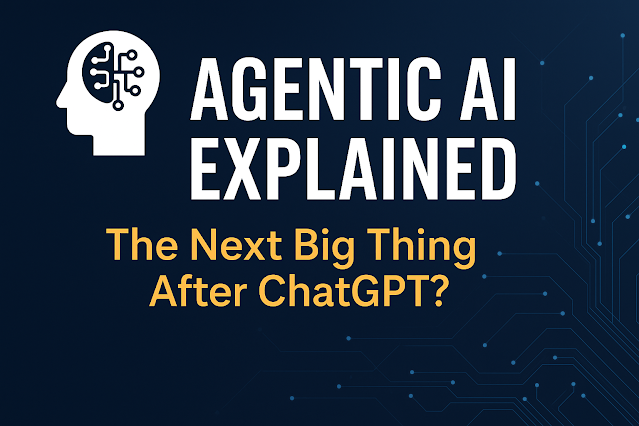Neuromorphic Computing: The Brain-Inspired Chips Powering the Next AI Revolution
For decades, we've programmed computers with rigid logic. But what if, instead of programming them, we could build them to learn and process information just like a human brain? This isn't science fiction; it's the reality of Neuromorphic Computing. As Artificial Intelligence becomes more complex, the demand for faster, more efficient processing is skyrocketing. Neuromorphic chips are stepping up to meet that challenge, promising a future of truly intelligent, energy-efficient devices. In this article, we'll explore what brain-inspired computing is, how it works, and why it’s poised to become the next great leap in technology.
What is Neuromorphic Computing?
At its core, Neuromorphic Computing is an engineering approach that mimics the architecture of the human brain. Traditional computers, based on the von Neumann architecture, separate memory (RAM) and processing (CPU). This creates a bottleneck as data constantly shuttles back and forth, consuming significant time and energy.
The human brain, however, is different. It integrates memory and processing within its neurons and synapses. Brain-inspired computing replicates this structure, creating chips where millions of tiny, interconnected components act as "digital neurons" that can process information in a parallel, distributed, and fundamentally more efficient way.
The Key Difference: Spikes vs. Bits
Traditional computers talk in bits—a constant stream of 1s and 0s. Neuromorphic systems, on the other hand, communicate using "spikes," much like our own neurons.
Traditional Processing: Processes data continuously, always "on."
Spike-Based Processing: A digital neuron only fires a "spike" of information when it receives enough input from other neurons. It's an event-driven system.
This "only compute when necessary" approach is the secret to their incredible power efficiency. An AI task that might cause a traditional GPU to heat up a room could be handled by a neuromorphic chip using a fraction of the power. This makes energy-efficient AI not just a goal, but a reality.
Why is Neuromorphic Computing the Future of AI?
The applications are revolutionary. While still an emerging field, the potential impact of neuromorphic hardware is massive across several domains.
Smarter Edge Devices: Think of smartphones, drones, and IoT sensors with on-board AI that doesn't need to connect to the cloud. This means faster response times (crucial for a self-driving car's obstacle detection) and better data privacy.
Advanced Robotics: Robots could learn to adapt to new environments in real-time, developing motor skills and sensory processing that is far more fluid and human-like.
Medical Breakthroughs: These chips are perfect for analyzing complex biological data, from real-time brainwave (EEG) analysis to accelerating drug discovery by simulating molecular interactions.
Scientific Research: Simulating complex systems, like climate change models or financial market behaviour, becomes more feasible and requires less supercomputing power.
The Challenges and the Road Ahead
Despite its promise, Neuromorphic Computing is not yet mainstream. The primary challenges are:
New Programming Paradigm: Developers need to shift from traditional coding to thinking in terms of "spikes" and neural networks. New algorithms and software tools are needed to harness the hardware's full potential.
Manufacturing Complexity: Building chips that precisely mimic the brain's dense, interconnected structure is a significant engineering feat.
Integration: Integrating these new AI chips with existing technology seamlessly is a work in progress.
However, major players like Intel (with its Loihi 2 chip) and IBM (with TrueNorth) are investing heavily, and research is accelerating globally.
A New Era of Intelligence
Neuromorphic Computing represents a fundamental shift in how we think about processing power. It's a move away from brute-force calculation and towards an elegant, efficient, and adaptive form of intelligence. By learning from the ultimate computer—the human brain—we are unlocking the potential for AI that is not only more powerful but also more sustainable. The future of AI won't just be about bigger data centres; it will be about smarter, brain-inspired chips embedded in the world all around us.




Comments
Post a Comment